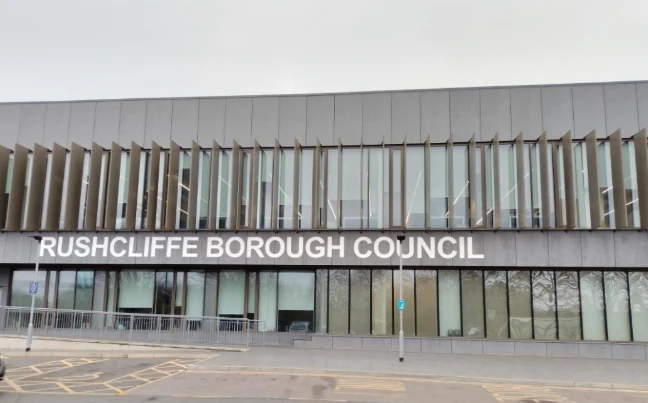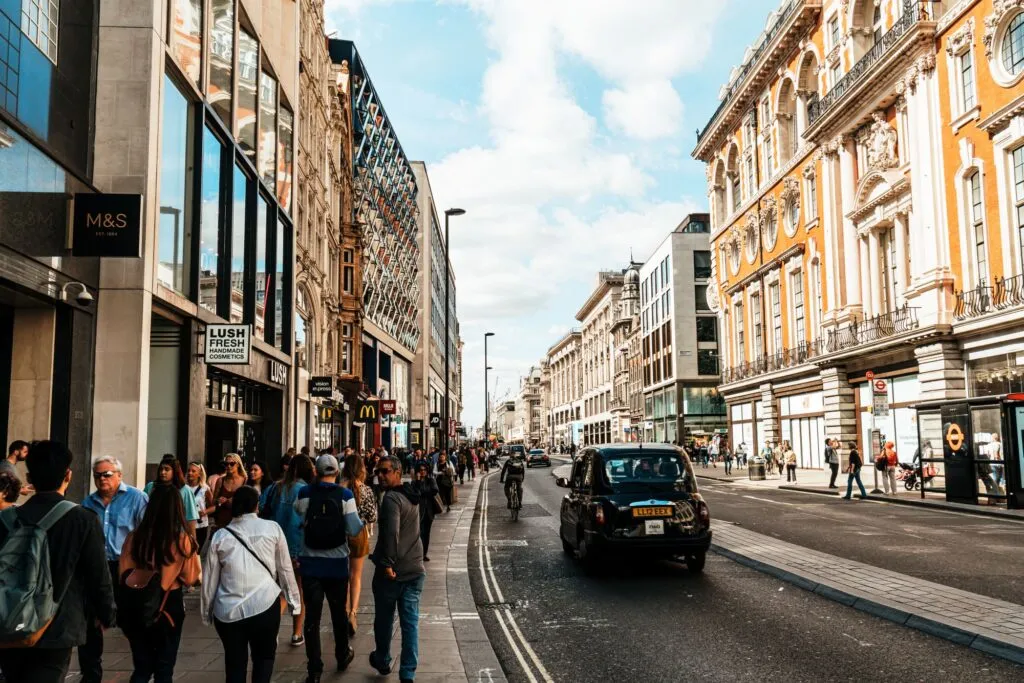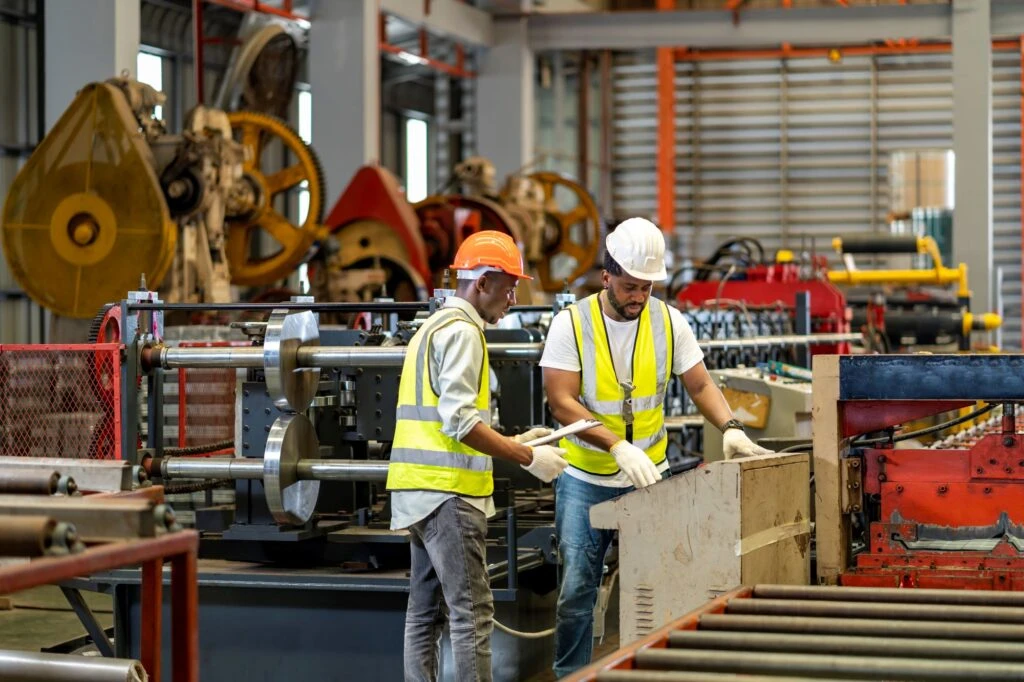
Rushcliffe Borough Council Heat Decarbonisation Plans
Client
Rushcliffe Borough Council
Location
England
Development of heat decarbonisation plan to support the Council's aim to make services carbon neutral by 2030
Rushcliffe Borough Council approached Arthian for support in achieving their Net Zero ambition, which aims to make all Council services carbon neutral by 2030. A substantial proportion of the Council’s Scope 1 and Scope 2 emissions are directly associated with their buildings.
To begin addressing this, Rushcliffe Borough Council sought to adopt a whole-building, holistic approach to decarbonising their operational sites through the development of Heat Decarbonisation Plans for their most carbon-intensive properties. These plans would serve as strategic roadmaps, outlining the most efficient pathways to decarbonise their built estate.

The Solution
Ten buildings were considered in the initial phase of the Heat Decarbonisation Plans. These included a range of operational buildings such as leisure centres, council offices, community centres, and sports pavilions. However, due to a change in scope, only eight buildings were included in the final assessment, as two leisure facilities were excluded because they were operated by third parties.
At each site, Arthian applied a fabric-first approach to ensure that heat demand was reduced wherever practical and economical. This approach allowed the low-carbon heating systems, which would ultimately replace most of the fossil fuels consumed on-site, to be optimally sized and to minimise additional electrical demand.
Renewable energy systems were proposed at most sites to offset some of the additional electricity usage associated with low-carbon heating solutions. This also helped reduce reliance on grid electricity and mitigate exposure to the volatile wholesale electricity prices experienced over the past six years.
The outputs from the detailed surveys identified 30 energy-saving measures across the eight sites. These included low-carbon heat pumps, LED lighting, fabric insulation, solar PV and battery storage, electric heating, electric domestic hot water provision, draughtproofing, new glazing, improved building controls, and general energy efficiency advice for building users.
Following the completion of the reports, Arthian supported the Council in developing a capital grant application through the Public Sector Decarbonisation Scheme (PSDS) Phase 3C for two of the eight sites. The Council’s application was successful, securing further grant capital funding to complement internal capital and fully decarbonise the fossil fuels previously used for heating at both locations.
Our Latest Projects
Get in Touch
We’d love to hear from you – whether you have a question, a project in mind, want to explore job opportunities, or just want to say hello.

